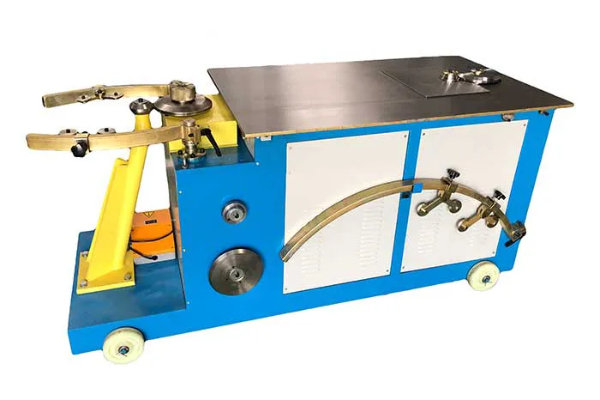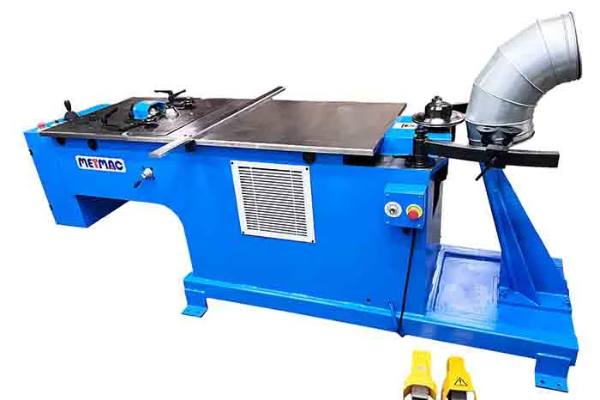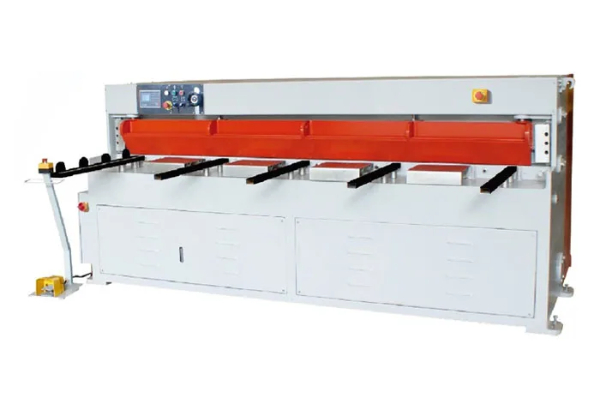
Integrating Technology into Steel Roll Cutting Processes
- By:Metmac
- 2024-06-18
- 82
In the competitive steel industry, manufacturers strive for efficiency, precision, and cost-effectiveness in their production processes. Integrating technology into steel roll cutting is revolutionizing the industry, offering significant advantages and transforming traditional methods. This article explores the various technological advancements that are reshaping the steel roll cutting process, providing insights into their benefits and potential.
Laser Cutting: Precision and Speed
Laser cutting technology has emerged as a game-changer in steel roll cutting. By directing a focused laser beam at the material, lasers precisely cut intricate shapes and contours with exceptional speed and accuracy. Compared to traditional mechanical cutting methods, laser cutting eliminates distortion, burrs, and rough edges, resulting in a high-quality finish. Additionally, the automated nature of laser cutting minimizes human error and reduces production time, increasing overall efficiency.
Automated Roll Grinding: Consistent Quality
Automated roll grinding machines utilize advanced control systems and precision grinding tools to achieve consistent and precise roll profiles. These machines perform multiple grinding operations in a single setup, ensuring uniform and repeatable results. By eliminating manual intervention, automated grinding reduces operator dependency, enhances productivity, and minimizes the risk of human error. Moreover, the automatic monitoring and adjustment features of these machines guarantee optimal grinding parameters, further improving the quality of the finished rolls.
Digital Data Management: Traceability and Optimization
Digital data management systems play a crucial role in integrating technology into steel roll cutting processes. They capture, store, and analyze production data, enabling manufacturers to trace materials, track roll performance, and optimize processes. By connecting machinery, sensors, and software, these systems generate a comprehensive digital thread that provides valuable insights into the production history and performance of rolls. This data-driven approach facilitates proactive maintenance, reduces downtime, and enables continuous improvement through data-based decision-making.
Simulation and Modeling: Accurate Prediction
Simulation and modeling tools have become invaluable in the steel roll cutting industry. These tools allow manufacturers to simulate the cutting process virtually, predicting the behavior of materials under different cutting parameters. By optimizing cutting conditions, simulation and modeling reduce trial and error, minimizing material waste and optimizing production efficiency. Additionally, they help visualize the cut shape and identify potential defects, further improving the planning and execution of the cutting process.
Conclusion
Integrating technology into steel roll cutting processes has transformed the industry, delivering significant advantages in precision, efficiency, and cost-effectiveness. From laser cutting to automated roll grinding, digital data management to simulation and modeling, these technological advancements are enabling manufacturers to meet the demands of the modern steel market. By embracing these technologies, steel companies can enhance product quality, reduce production time, and optimize their operations, driving competitiveness and innovation in the industry.
-
Reliable Sheet Metal Equipment for Sale to Support Precision Fabrication
2025/07/17 -
Advanced Duct Machine AC and Fabrication Solutions from Metmac
2025/07/12 -
The Advantages of Using a Sheet Roll Forming Machine in Manufacturing
2024/09/14 -
How to Optimize Your Laser Sheet Cutting Machine for Maximum Performance
2024/09/12
-
Innovative Solutions from Leading Duct Machine Manufacturers
2025/07/21 -
Efficient Sheet Metal Fabrication with Advanced Duct Folding and Beading Machines
2025/07/21 -
High-Quality Duct Grooving and Sealing Machines for Efficient HVAC Manufacturing
2025/07/21 -
Advanced Sheet Metal Machinery for Precision Fabrication
2025/07/17
-
A Guide to the Latest Innovations in Sheet Metal Folding Machines
2024/11/29 -
Key Features to Consider When Investing in a Sheet Metal Folding Machine
2024/11/28 -
Enhancing Precision with Advanced Sheet Metal Folding Machines
2024/11/27 -
How to Choose the Right Sheet Metal Folding Machine for Your Workshop
2024/11/26





